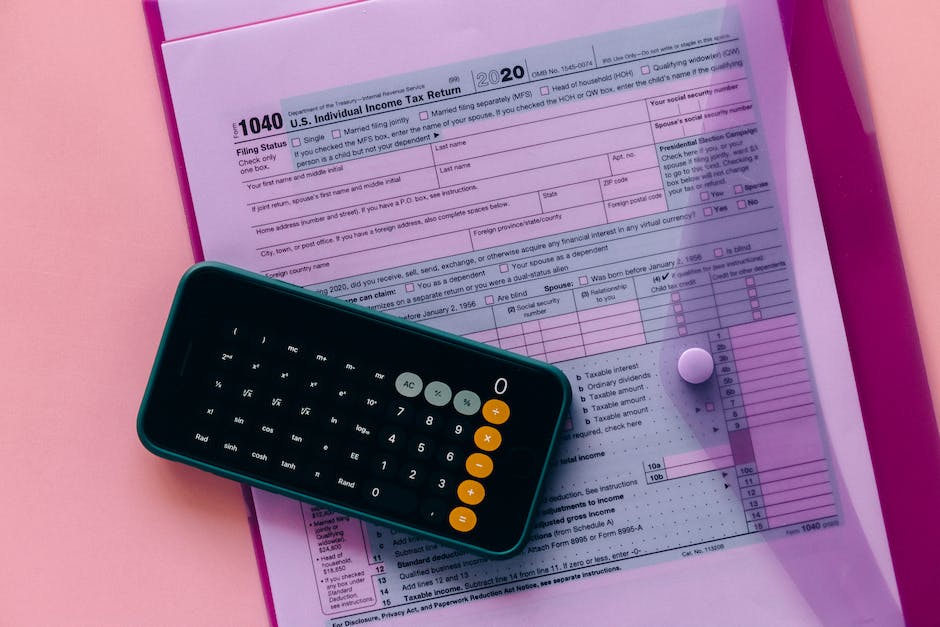The focus on personal finance has seen a steep rise in recent times – with good reason. In a world of increasing expenses and standing at the crossroads of economic unpredictability, managing finances wisely is key to ensuring security and growth. An integral part of sound financial planning is creating a personal budget. It empowers individuals to understand their monetary inflows and outflows and take informed decisions to attain financial goals. This process involves identifying all sources of income and expenses, setting financial aspirations, and creating, implementing, and periodically reviewing the budget.
Identify Income and Expenses
Title: Harness Your Financial Power: Managing Income and Outgoing Money.
Unlocking the mystery of your incoming and outgoing money is one of the most crucial keys needed to establish control over your personal financial situation. Understanding your sources of income and your monthly expenditure patterns can provide valuable insight into your overall financial health, enabling you both to make better investment decisions and to maximize your assets.
Let’s delve into how to identify your main sources of income and track where your money ends up every month – two components paramount in the entrepreneur’s financial journey toward optimal wealth management.
Discovering Your Main Sources of Income
- Salary and Wages: This constitutes the earnings from your primary job or additional part-time employment.
- Business Profits: If you’re an entrepreneur, the profits from your business ventures serve as another crucial source of your income.
- Investment Returns: Stock dividends, bond interest, and the profit gained from selling investments at a higher price than purchased all fall into this category.
- Passive income: This is the money earned without active involvement, which can come from real estate rentals, royalties from published works, or other investments that pay you regularly.
Mapping Out Monthly Expenditure
- Fixed Expenses: These are the regular, oftentimes unavoidable, costs such as mortgage or rent payments, car loans, student loans, and insurance premiums that form a significant portion of your outgoing money.
- Variable Expenses: These are costs that fluctuate monthly, including grocery bills, entertainment, and utility bills, among others.
- Disposable Income: This is the money left after paying all the mandatory bills, which can be saved or invested for future use.
- Unexpected Expenses: Always be prepared for unplanned expenditures such as car repairs, healthcare costs, or unexpected taxes that might arise.
By understanding and keeping tabs on these sections, you’re essentially visualizing the cash flow and are more inclined to make prudent financial choices.
Final thought: In the pursuit of financial independence, it is crucial to comprehend the dynamics of your income sources and monthly expenses. This understanding enables you to plug leakage points and funnel the surplus towards wealth creation via prudent investments and wealth multiplication strategies. Remember, in the entrepreneurial world, financial knowledge equates to financial power. Harness it!
Image source:

Set Financial Goals
Mapping Financial Milestones: The Art and Science of Setting Short- and Long-Term Goals
Congratulations! By understanding your income sources, tracking your monthly expenditure, and appreciating the role of financial knowledge in wealth creation, you have laid the foundation in managing personal finances.
However, there is another key component to this process – the goal-setting aspect. The ability to set realistic financial goals, both short-term and long-term – and attain them, is the distinguishing factor separating those who float aimlessly and those who sail surefootedly towards financial freedom. Plus, it’s also the secret ingredient in the recipe for entrepreneurial success.
Short-term Financial Goals
A short-term financial goal is a target that can be achieved in under a year. Consider it as your stepping stone towards larger, long-term objectives. Common short-term goals include creating an emergency fund, repaying a specific debt, or saving for a near-future expense. To set effective short-term financial goals, take these steps:
- Review your financial situation: Know your income, expenditure and any outstanding debts. The key is to plan for expenses, not for income.
- Define your goals: Be specific – state what you want to achieve.
- Make your goals measurable with time-bound: Establish a timeline for achieving it and track your progress.
Long-term Financial Goals
A long-term goal, on the other hand, is a financial objective you plan to achieve in five years or more. These often tie into your big-picture dreams—consider retirement planning, owning a house, kids’ college funds, or scaling a business enterprise. Here’s how to tackle long-term financial goals:
- Visualize your future: Think about where you want to be financially in 5, 10, or even 20 years from now.
- Be realistic: Align your dreams with your earning potential and current financial situation.
- Track your progress: Monitor your results regularly and readjust as needed.
Let’s put one thing straight – your short-term goals are not lesser than your long-term aspirations. Instead, think of them as the building blocks that eventually lead to your long-term financial summit.
In conclusion, setting financial goals—short or long-term—is like setting a compass that directs your money in the right direction. It empowers you with financial freedom to make meaningful and informed decisions, unleashes your entrepreneurial prowess, and ultimately, drives you towards a life of abundance, stability, and fulfillment.
Remember, without a financial goal, you’re like a ship without a captain in the vast sea of financial uncertainty, susceptible to drift wherever the tide takes you. Set your sails, chart your course, and conquer the financial seas. It’s your turn to shine.

Create, Implement and Review the Budget
Building an Effective Budget
The first and most important step towards financial management is the creation of a budget. A budget serves as a financial blueprint, a roadmap guiding you towards your pre-determined financial goals. This entails detailing all income and expenses and discerning where your money comes and goes, which has already been discussed at length. The next step after being knowledgeable about your money flow is forming your budget.
Creating a budget requires the allocation of your income into various divisions. Absolute necessities such as utilities, rent or mortgage payments, and groceries should claim the highest portion of your budget. Following this, allocate funds to savings and investments, to propagate future financial growth. The remaining income can then be allocated to wants or lifestyle extras, providing a balance of frugality and enjoyment in managing personal finances.
Once your budget is created, the next step is implementation. A budget sitting idle is equivalent to having no budget at all. You’ve set your goals. Now, it’s time to set sail. Position your budget as the driving force, your financial compass to navigate through your financial journey. Without implementation, a budget is merely a plan, and a plan without action is futile.
Budgets should not be viewed as restrictive shackles but rather as tools of freedom. By sticking to your budget, you not only live within your means but also in line with your financial aspirations. Monitor expenses carefully; numerous personal finance tools and apps can aid in tracking spending and adjusting as needed.
The final and most crucial step of this process is ensuring you stay on track. Consistency is the key. Regular checks and updates to your budget will help you adapt to financial changes and maintain control over your finances. Continuous self-evaluation and comparison of actual spending with planned budgeting will act as a guard against potential financial pitfalls.
In addition to this, setting short-term ‘mile-marker’ goals can help in maintaining motivation and ensuring constant progress. Consider these goals as your checkpoints, confirming you’re moving in the right direction.
In conclusion, creating a budget is merely the first step in financial management. Implementing and staying dedicated to your budget, while developing regular financial check-ups, will truly steer your ship to the shore of financial stability. Take command, make informed decisions, and enjoy the voyage towards your financial goals. With careful planning, a clear vision and a bit of discipline, a healthy financial future is within reach. Remember, only you hold the power to turn the direction of your financial journey. So take charge, chart your course, and sail into the bright horizon of financial success.

The tenets of budgeting – identifying income and expenses, setting goals and following through, are fundamentally simple, but their impact is far-reaching. A well-planned budget provides a sense of control over one’s finances, enabling strategic savings and investments. It reframes money as a tool that can be leveraged to realize dreams, be it buying a new home, paying off debt, or a vacation. Essentially, a budget is a commitment to making the most of what we have, to lead a life of financial confidence, security, and freedom.



